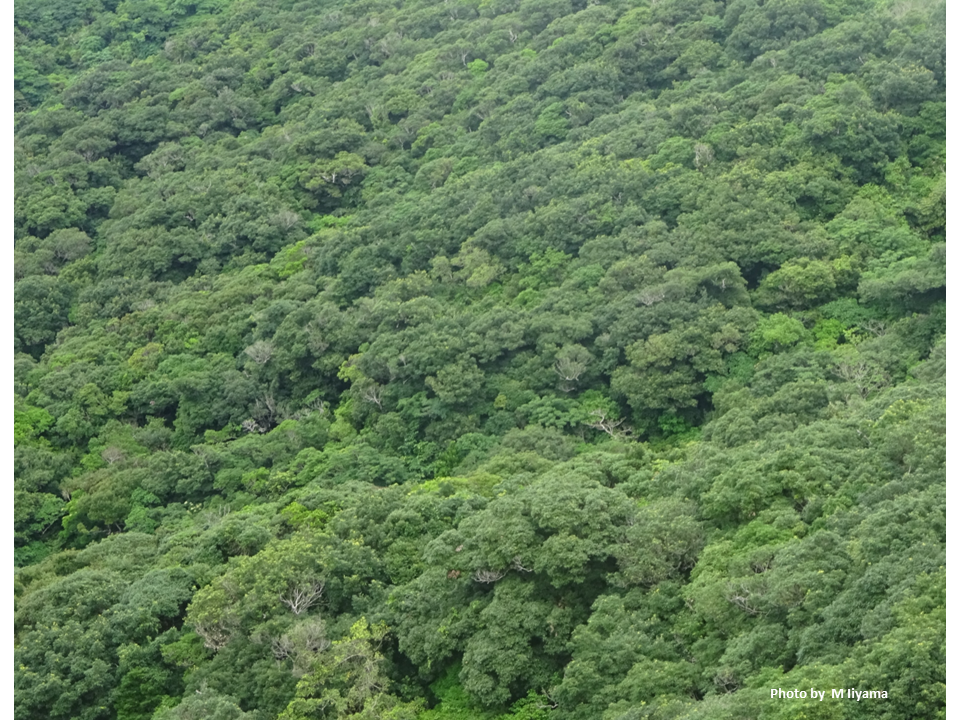Pick Up
1343. Declining Carbon Sinks on Terrestrial Surfaces

1343. Declining Carbon Sinks on Terrestrial Surfaces
Terrestrial ecosystems absorb approximately one-third of anthropogenic carbon emissions, making them a key component of climate change mitigation strategies. However, an editorial in Nature Climate Change points out that recent evidence suggests limitations on terrestrial carbon sinks and mitigation potential.
Whether and how quickly terrestrial systems will continue to absorb anthropogenic CO2 are important research questions, critical for mitigation planning, carbon budget estimates, and understanding potential carbon cycle feedbacks under mitigation scenarios that reduce atmospheric CO2 concentrations. The study notes that continued growth in terrestrial carbon sinks is constrained by the availability of nutrients essential for growth, such as nitrogen and phosphorus, the declining benefits to biomass due to rising CO2 concentrations, and intensifying disturbances. Models generally suggest that sinks will decline over time with future climate change.
However, in 2023, the terrestrial biosphere absorbed almost no net carbon, partly due to fire emissions from Canadian wildfires and drought in the Amazon. Impacts are not limited to land; the ocean carbon sink also declined in 2023, primarily due to increased surface water temperatures affecting CO2 solubility. Indeed, in 2023, the El Niño phenomenon caused warmer and drier conditions around the world, negatively impacting biomass and promoting increased emissions from wildfires. However, the weakening of El Niño in 2024 did not provide the expected mitigating effect that might have allowed the biosphere to recover. Increased global temperatures and humidity in 2024 also contributed to increased terrestrial carbon losses, with high temperatures persisting in 2025. For example, June 2025 was the third warmest June globally, after 2023 and 2024.
While multi-year carbon cycle dynamics do not necessarily indicate long-term trends or disruptions, a rapid collapse of terrestrial carbon sinks was not expected. The failure of models to predict changes in the response of terrestrial carbon sinks raises concerns for current mitigation strategies, which rely heavily on the land sector in many countries. Competition with agriculture and other land uses reduces the land available for afforestation and its potential carbon emissions, while high temperatures, wildfire risk, and drought all undermine the effectiveness of efforts aimed at further CO2 reductions. Indeed, forest carbon sinks in Europe are declining more than expected, jeopardizing the achievement of removal targets for the transition to net neutrality by 2030.
Terrestrial carbon sinks are a balance of diverse processes across ecosystems and scales, including feedbacks that reduce sink capacity as well as processes that may contribute to sustainable sinks. Nutrient availability, in particular, has been identified as a potential constraint on vegetation biomass that could strongly influence the direction of future terrestrial sinks. Plants possess strategies to mitigate nutrient constraints, but these are currently not adequately integrated into models. It has been suggested that estimates of terrestrial carbon sinks could be improved by better accounting for nutrient acquisition.
The unprecedented failure of terrestrial sinks in 2023 highlights the importance of long-term carbon dynamics observations, such as those from Mauna Loa, satellite infrastructure, and flux tower measurements, for understanding the natural carbon cycle's ability to respond to climate change impacts.
(Reference)
Sinking carbon sinks. Nat. Clim. Chang. 15, 905 (2025). https://doi.org/10.1038/s41558-025-02440-9
Contributor: IIYAMA Miyuki, Information Program
